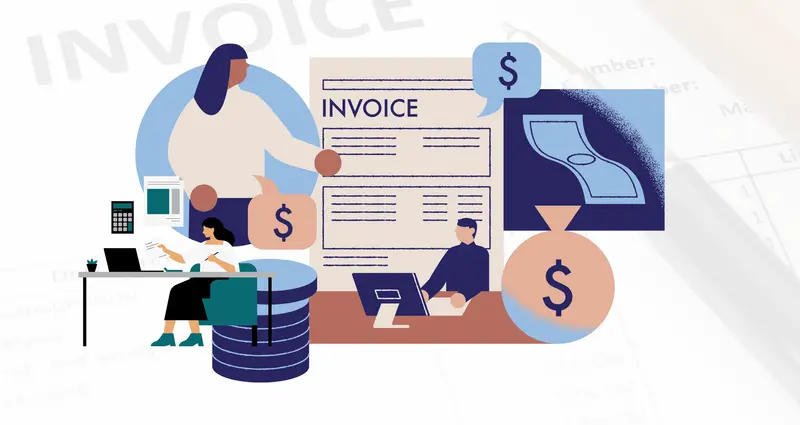Dear Team,
I’m interested in a demo of TaxInvoicePro to explore how it can streamline my business operations. Please share the details and schedule.
Looking forward to your response.
Thank you.

In the modern era of digital transactions, managing e-invoices has become an essential part of GST compliance for businesses in India. This guide will help you understand how to generate and manage e-invoices under GST, including the process for bulk uploads, cancellations, and printing. Whether you're a new business owner or a seasoned entrepreneur, this guide will simplify the process and ensure you're fully compliant.
Generating an e-invoice is a straightforward process that involves reporting your invoice to the GST portal. To generate an e-invoice, you need to integrate your accounting software with the GST system, which will allow you to send your invoice data directly for validation. The system ensures that all details are accurate, minimizing the chance of errors in tax filings.
1.Ensure your business is registered under GST and meets the necessary turnover threshold.
2.Use compatible accounting software that supports e-invoice generation.
3.Upload your invoice details on the GST portal, and the system will validate the information.
4.Once validated, you’ll receive an e-invoice, which is a digital copy of your tax invoice, with a unique Invoice Reference Number (IRN) and QR code.
In certain situations, you may need to cancel an e-invoice. This can be done through the GST portal, but there are specific rules regarding cancellation.
1.Log in to the GST portal.
2.Go to the "E-Invoice" section and locate the invoice you wish to cancel.
3.Select the option to cancel, and confirm the cancellation..
4.A cancellation reference number will be generated, which is proof of the cancellation.
It’s important to note that e-invoice cancellation time is limited. You must cancel the invoice within 24 hours of generating it to avoid penalties.
For businesses dealing with a large number of invoices daily, generating them one by one could be time-consuming. The GST system allows for bulk uploads of invoices, making the process more efficient.
1.Prepare a file containing all your invoice details in the required format (usually in JSON or Excel format).
2.Log in to the GST portal and go to the “Bulk Upload” section.
3.Upload the file and validate it.
4.After successful validation, e-invoices will be generated for all the invoices in the batch.
This method significantly reduces time and effort, especially for businesses handling large volumes of transactions.
E-invoice cancellations must be done within a specific time frame. The e-invoice cancellation time limit is typically 24 hours from the time of generation. Beyond this time limit, the invoice cannot be canceled, and you’ll need to issue a credit note instead.
Make sure to double-check all your invoice details before submitting them to avoid the need for cancellations. This time limit ensures the accuracy and timely management of e-invoices.
Once your e-invoice has been generated and validated, you might need a physical copy for your records or for sharing with clients. Printing an e-invoice is simple and can be done directly from the GST portal.
1.Access your e-invoice from the GST portal.
2.Download the invoice in PDF format.
3.Use a printer to take a physical copy of the invoice. Ensure that the IRN and QR code are clearly visible, as these are necessary for validation.
Managing e-invoices under GST is crucial for compliance and efficiency in business operations. By understanding how to generate e-invoices, cancel them within the time limit,upload invoices in bulk , and print them, businesses can streamline their operations while staying compliant with GST regulations. Ensure that your accounting systems are up to date, and make use of the available tools to manage your e-invoices effectively.